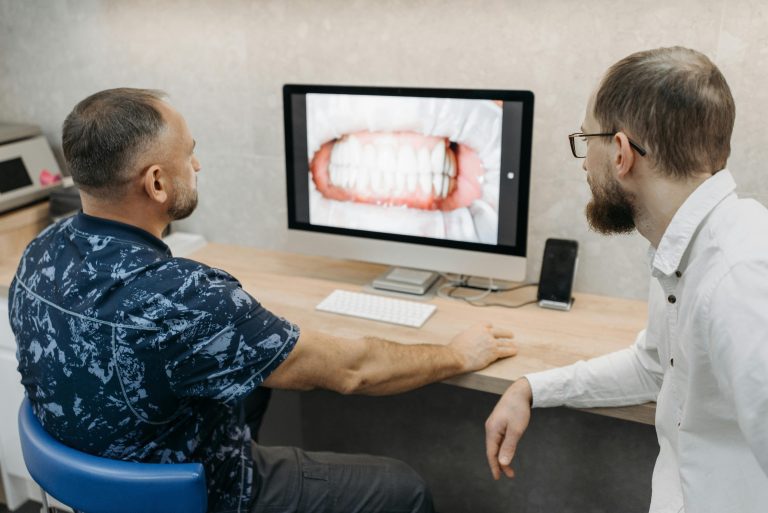The world of dentistry has transformed beyond all recognition in recent years, not least of all because of the wide array of new technology that is now readily available. To get a greater appreciation of how the industry works today, we’re going to dive into the world of modern equipment, starting with the latest imaging systems.
Digital X-ray imaging systems
X-ray imaging systems are essential pieces of equipment because they allow practices to look at the fine structure of teeth above and below the gumline. Especially in cases where small cracks may have formed internally, as well as instances of complex root structures, an X-ray image is the only way for a dentist to know how to proceed. There is a wide array of different imaging systems built on the fundamentals of X-ray technology, with a new class of panoramic scanners now able to image the entire mouth with a single image.
Cone-Beam Computed Tomography (CBCT)
The creation of high-resolution, three-dimensional images of teeth, the jawbone, and supporting soft tissue structures is vitally important when planning for more complex operations and procedures. These systems allow senior dentists to get a much better view of what is going on above and below the gumline in a way that X-rays alone simply cannot offer. Practice managers who have not yet added such systems to their practices are strongly advised to take a closer look at the options that are out there at present.
High-resolution intraoral cameras
Flexible, highly compact cameras that image the interior of the mouth and provide real-time images on a monitor that the patient can see are proving increasingly popular. What was once a matter of verbal description can now be easily taken care of with an image of the patient’s mouth, showing them precisely what the dentist is talking about. Not only is this a proven way to improve knowledge retention amongst patients, but it is also a way to reduce stress and anxiety during appointments and examinations by adding an extra layer of clarity.
Intraoral scanners
High-precision scanners that record all of the fine details and nuances of a patient’s mouth can be integrated with 3D design software and 3D printing facilities. This is typically done when shaping restorative treatments, such as implants and bridges, to make sure that an optimal fit is always achieved. By making sure that the new additions to the mouth adapt to the unique geometry and structure, the dentist can then ensure that the patient is always comfortable with the final results.
Soft-tissue lasers
Lasers are increasingly being used for minor soft-tissue procedures so that practices can reduce the number of patients they have to put on hospital waiting lists. The laser is designed to only interact with the soft tissue and is operated by a trained dental professional. Common examples where such instruments are used include the removal of small portions of damaged or infected gums. Doing so early and with a high degree of precision has been shown to be a highly effective way of preventing infections from spreading and causing damage to other areas of the mouth.
Practice managers who want to explore this class of instruments further are advised to contact a team like Kent Express that specialises in cutting-edge dentist equipment. By getting everything sourced from a single point of contact, the practice manager can ensure budgetary efficiency and instrument reliability with the minimum of effort.
AI analysis algorithms
Human diagnosis is carried out by experts who have decades of experience, but there are subtleties and nuances that can sometimes be missed. The growing use of AI to analyse images and scans provides a backstop for busy dental care teams who are looking for new ways to improve patient outcomes across the board. Many practices also find that these systems can serve as flexible education and training tools when they are looking to improve the skills of more junior staff.
Patient relaxation systems
Practices are also putting more focus on the need to help patients of all ages relax. Some use gentle background music, special lighting in the waiting room, and even choose the colours of the practice to reduce background stress and anxiety.
We hope you have found reading this closer look at the dental industry as fascinating as we did writing it. By having a degree of understanding of the equipment dental care professionals use every day, patients can get a greater appreciation of what goes into making sure that their smiles are flawless and always pain-free.


